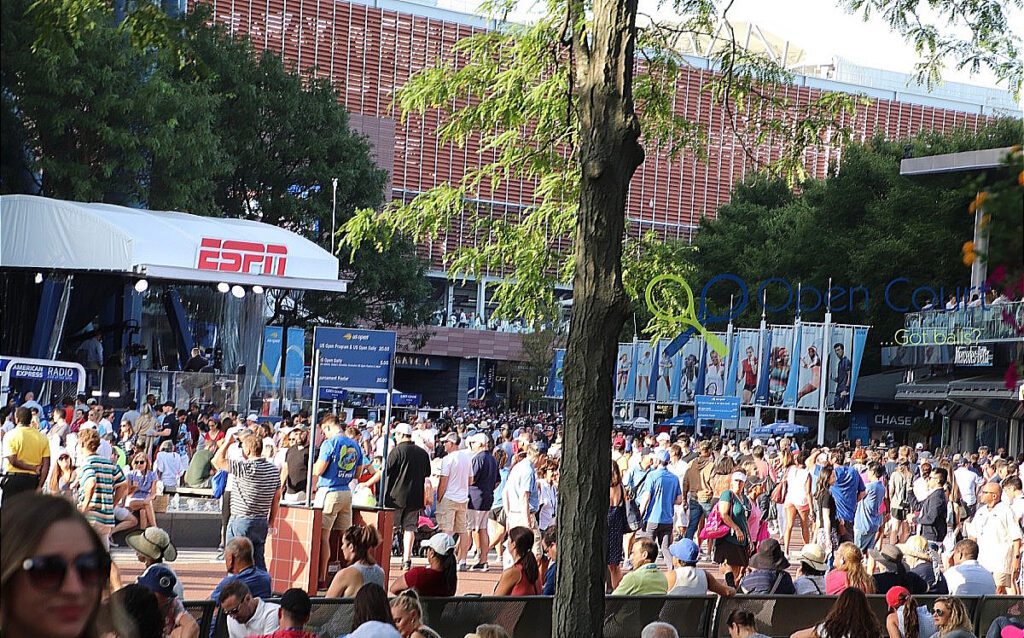
–
We’re back, with the plan to Daily Drill the US Open every day until the final trophy is handed out.
Today, we’ll look at some of the logistics and details behind the 2024 edition of the tournament, which gets under way this morning.
That includes the video review – an issue that has been much in the tennis news lately. And voilà! The US Open comes along, in the second year of its pioneering (for tennis) use of the technology.
The first time it was implemented a year ago, in an Andy Murray match against Corentin Moutet, Moutet asked for the video review of a double bounce.
Unfortunately, the system malfunctioned, and the video never got to the chair umpire’s tablet. It took four minutes to go through all this, prompting Murray to call it all “a bit of a farce”.
In all, it was only used 12 times the entire tournament.
*********************************************
VAR for the WIN!
The US Open was the first in tennis to use video review, on a test run in 2023.
They had it available on the five biggest courts: Arthur Ashe, Louis Armstrong, Grandstand, Court 17 and Court 5. This year, they’ve added Courts 7, 11 and 12.
As well, the US Open referee will be able – on any court – to review a situation where a player or team is to be defaulted for a Code of Conduct Violation.
The way it is now (ask Denis Shapovalov or Andrey Rublev), the chair umpire’s eyes and ears are really the only ones that make the call, which the referee or supervisor can only officially confirm as they don’t have the ability to see any video. So if that happens (and we hope it doesn’t), at least the referee will have another set of eyes on things.
The video review can weigh in on “not ups” (ball bouncing twice), foul shots (like Jack Draper’s volley in Cincinnati), a player touching the net during play, or the ball touching the player or any part of their clothing, if the ball passes through the net instead of over, hindrances, scoring errors and malfunctions with the live ELC.
The Challenge system is back, sort of, as the players can have three incorrect VR reviews in a set and a fourth if it goes to a tiebreak.
Either the issue can be overturned by “clear and irrefutable video evidence”, confirmed, or the call will stand because the video evidence isn’t enough to either confirm or overturn the call.
You hope the umpires have been practicing.
*********************************************
Not up for review
What can the players NOT ask for a video review to adjudicate?
Code violations, time violations, foot faults and electronic line calls where there is no malfunction.
Once the players ask for that review, they have to stop kvetching at the chair umpire, so they can communicate with the video review official, who will then send the relevant video to the chair umpire’s tablet – and also to the video screens on the court.
It is specifically stated that the player cannot climb up the umpire’s chair and try to see what’s on their tablet. Which, when you think about it, seems like overkill but also might be considered good pre-emptive thinking.
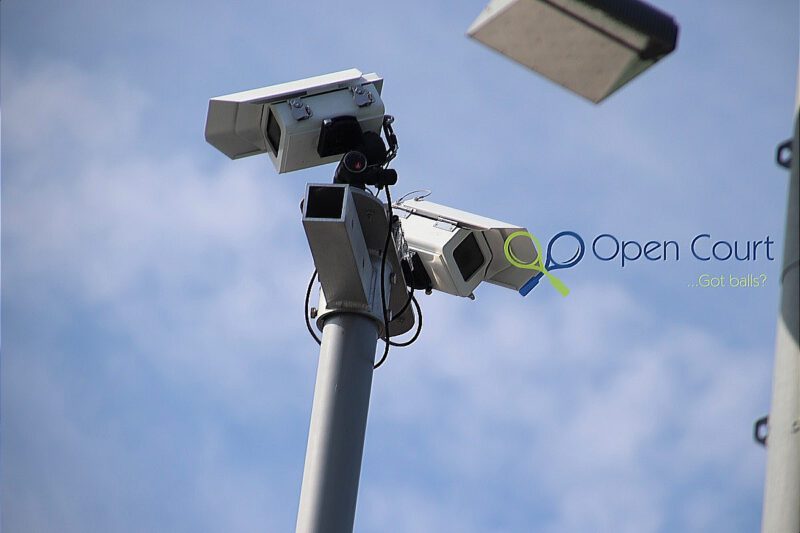
*********************************************
Free and controlled fan movement!
The policies at the US Open for the fans moving around is that the fans don’t have to wait for changeovers and set breaks to take their seats. They can access them after … every game.
Tournaments seem to think this is helpful for the fans who pay good bucks for their seats not to have to wait two games – or three, at the start of a set – to get to their seats.
But what it means that in many areas of the stands, there is the potential for constant moving and the seated fans having to get up and let people by. After every game.
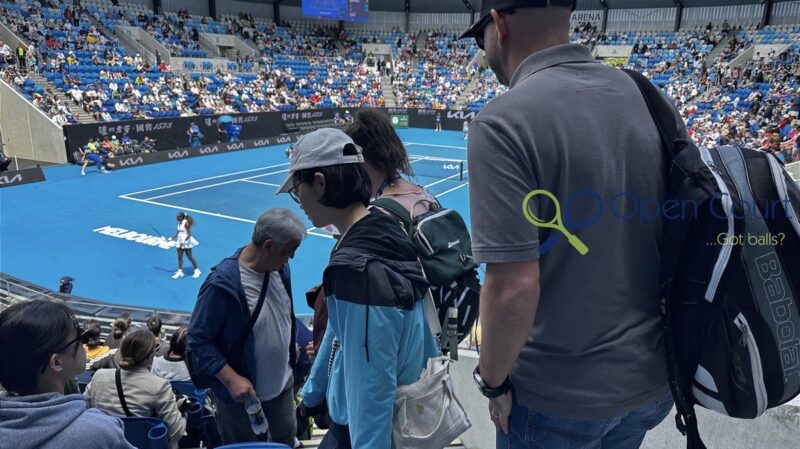
We experienced this procedure in Australia. And it turns out that tournament charges MORE for aisle seats. But if you’re sitting in one of those you basically have to get up – every single time someone decides to join the party in the middle of a game. It was an unpleasant customer experience, even though the goal is apparently to “improve” the customer experience.

it also means the ushers (who, in many places, are unpaid volunteers) have to decide how many people can get through between games.
And, of course, it varies by court.
Good luck with the ushers on each court knowing the individual rules for that court. And don’t be dismayed by the dirty looks you might get from fans who are seated in timely fashion on an outside court who will get testy with you when you decide to make them get up to let you by during play.

*********************************************
Serve clock throwback
Despite the “tightening up” of the serve clock rules on the regular tour – by that, we mean there is supposed to be some automatic starting of said clock three seconds after the end of the point – the US Open says there’s a discretionary element to it at their event which goes back to the original.
“Chair umpires have the discretion of when to begin the countdown clock based on a variety of factors during the flow of a match, including length of the preceding point played.”
So we’ll see how that goes.
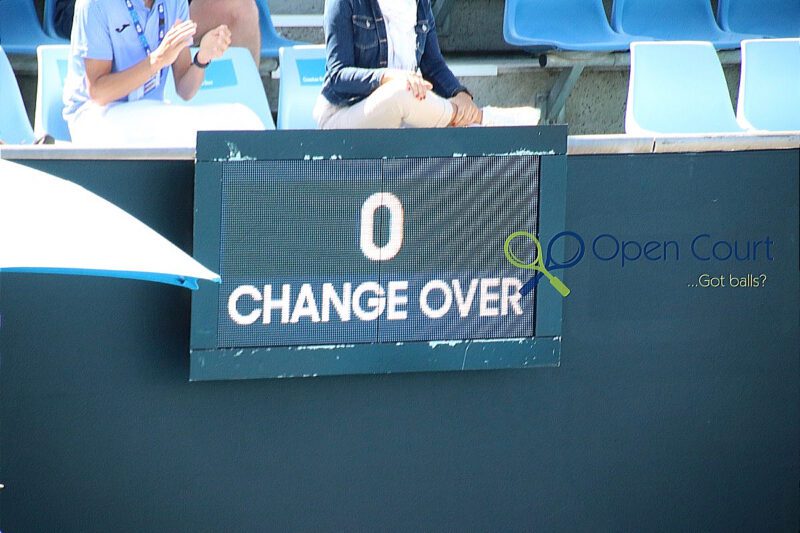
*********************************************
The roof!
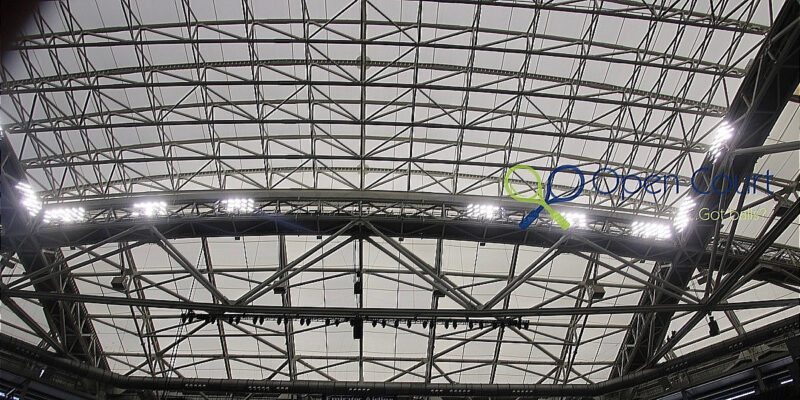
As with other events, the US Open is considered an “outdoor tournament”. So specific things have to happen before they will close the roofs on Arthur Ashe and Louis Armstrong stadiums.
It takes about seven minutes to close and seal them.
If the heat gets to the point where they get to the “modification of play” stage, the will partially close the roofs on to shade the courts and reduce the on-court temperatures. That would either happen at the start of the match, or on a set break.
Generally, if the roof is closed during a match, they’ll finish the match that day. But not always; the referee has the discretion to have the roof re-opened later during the same match.
*********************************************
Fetch your own towel? Looks that way
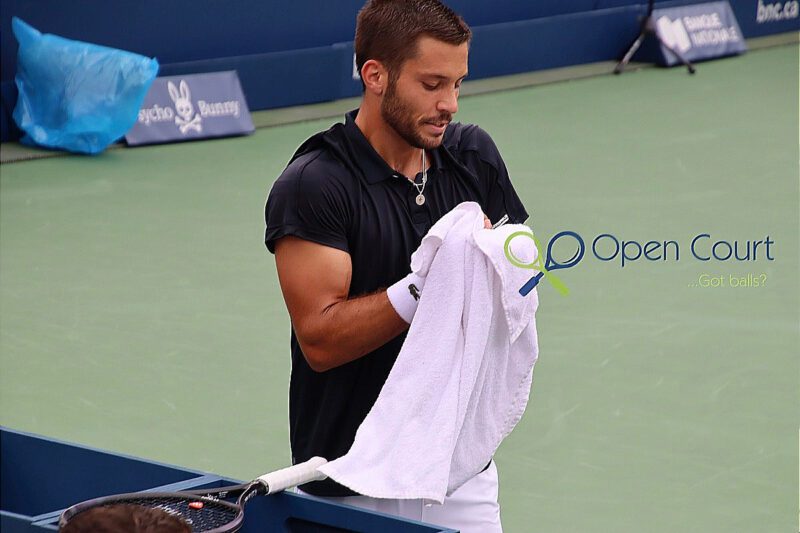
We’ll know more when main-draw play begins.
But from what we’re hearing, despite the ATP rule change to that effect, the players will be fetching their own towels during the US Open.
Anecdotally, during qualifying, that was the case.
If so, it’s just another quick adjustment the players seem to be having to make from week to week.
But it’s also good.
*********************************************
The Wet Bulb is back!
The Australian Open, which used to use the wet bulb calculation for extreme heat, then morphed to an “easy-to-understand” graphic form that rated the conditions from 1 to 5. And yes, people just had to take their word on that.
The US Open is using the “Wet Bulb Globe Temperature” measurements to decide if it’s too hot to play. They’ll take the measurement every half hour, starting about a half hour before the 11 a.m. start.
If the WGBT gets to 30.1 Celsius or greater before or during a match, they’ll allow a 10-minute break if at least one of the players requests it.
For the men, that break would be between the third and fourth sets.

The men’s qualifying, men’s and women’s doubles, and mixed doubles have no such break. They have to soldier on. But the women qualifiers (because they’re not as resistant to heat as the men qualifiers, or something being that we’re the weaker sex – except if we’re playing qualifying), did get the benefit of that rule.
Those guidelines are a little different for the junior wheelchair players, who can get a 15-minute break with a lower WBGT threshold of 28C. That 15 minutes doesn’t include the time needed for the young wheelchair players to travel back and forth from wherever they’re taking the break.
If the WBGT gets to 30.1 for the junior wheelchair singles and doubles, the referee will suspend play at the end of the set and not put any new matches on. For the regular junior singles, that threshold means the 10-minute break between the second and third set kicks in (same as the men’s and women’s).

If that measurement hits 32.2C, the suspension will occur at the end of the game for both the junior wheelchair and regular players.
There doesn’t appear to be any threshold upon which the men’s and women’s singles and doubles players ever find that play is suspended.
*********************************************
Fortnight forecast

Typically, it’s super hot at Flushing Meadow during the qualifying and the first week of the main draw.
And then, often, Labour Day hits and somehow there’s a cool change.
But Mother Nature is winning these days; all that “used” to happen, most often no longer does.
The temps were rather pleasant during qualifying, which was helpful.
The temperatures, overall, don’t look terrible – although Wednesday could be a scorcher for the start of the second round and the first two days are no picnic, either.
The threat of rain looks to appear, at times. But that’s normal in 2024.


This is all from pretty far out; so a lot can change.
*********************************************
Qualifying player fines
A total of $7,000 US in fines was issued to three players during the qualifying tournament.
On the women’s side, only Hailey Baptiste got dinged ($2,000 – racquet or equipment abuse) in the final round.
On the men’s side, Cristian Garin got the same fine in his first-round match – a three-set defeat to young Coleman Wong of Hong Kong. Hamad Medjedovic of Serbia Croatia’s Dule Ajdukovic. He ended up making the main draw.
More Stories
ATP Rankings Report – As of March 31, 2025
WTA Rankings Report – As of March 31, 2025
Canucks This Week – Week ending April 6, 2025 (Tuesday results)